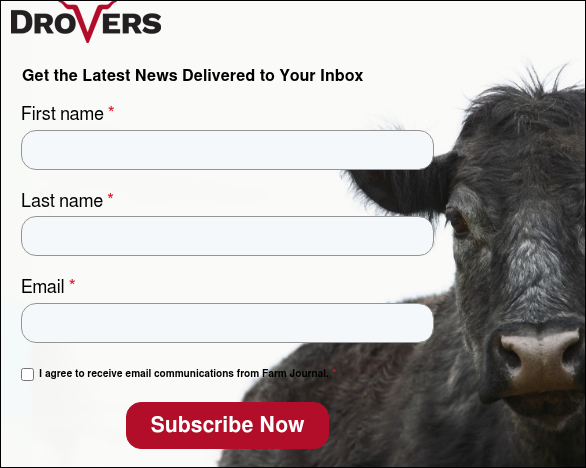The opinions expressed in the following commentary are those of John Nalivka, president, Sterling Marketing, Inc.
In the face of COVID-19, beef packing-processing plant capacity has become a critical issue. In fact, the word critical may be an understatement, particularly for producers holding market-ready livestock.
Last week’s (June 6) estimated cattle slaughter will be up about 25% over last week’s holiday-shortened harvest, but more importantly, down only 1% from a year earlier. And, in addition, actual slaughter reports for May have shown increases for the weekly figures from the earlier estimates.
Against my estimated fed cattle slaughter capacity of 566,000 head, this week’s slaughter will bring plant utilization up to 90% of capacity and nearly double from the first week of May. The weekly average for 2019 through March 2020 was 88%. At the same time, estimated cow slaughter for this week will bring utilization at cow plants up to 96% against estimated weekly capacity of 143,000 head (Sterling Marketing). This compares to a low of 78% for the first week of May and 87% for 2019 through March 2020.
So, while the industry is getting back on track, last month’s plant closures and production slowdowns raise important questions about what the industry might do to dampen the impact of the same situation occurring in the future. The answer is not easy.
Economies of scale is a significant driver in the packing industry and thus, large plants. Costs are the driver and not just the capital to build a plant. It is also working capital needed every week. And, there is the issue of labor which has become a significant challenge. Economics have propelled the packing industry toward larger and larger plants.
So, what is the answer? As I indicated it is not easy and the starting point for consideration may be assessing a model that considers overcoming the problems with plant size while still achieving the benefits of scale. Can this be done? Is there a way economically to operate 2 plants with the capacity to process 2,500 per day and replace one plant processing 5,000 per day?
I don’t purport to have the final answer or even close to it, but change is in the air and the industry cannot ignore it. The issues brought out by COVID and the necessary protocols may not be easily kicked down the road. Consequently, the industry may have little choice but to consider other models that can still be driven by efficiency and achieve the benefit of scale economies. It’s called risk management.
Related stories:













